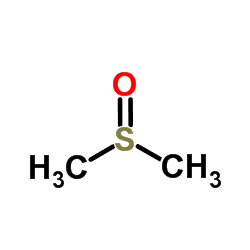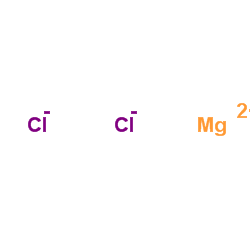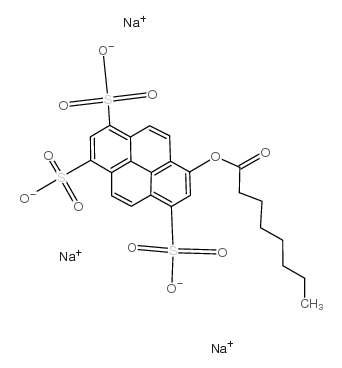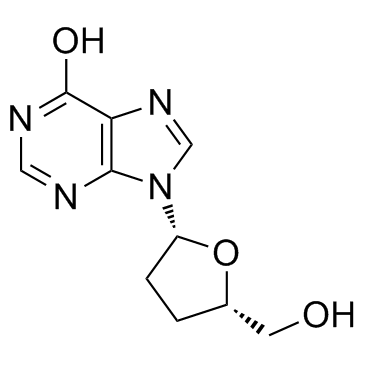| Structure | Name/CAS No. | Articles |
|---|---|---|
 |
Ethanol
CAS:64-17-5 |
|
 |
Methanol
CAS:67-56-1 |
|
 |
Dimethyl sulfoxide
CAS:67-68-5 |
|
 |
Magnesium choride
CAS:7786-30-3 |
|
 |
8-Octanoyloxypyrene-1,3,6-trisulfonic acid trisodium salt
CAS:115787-84-3 |
|
 |
2',3'-Dideoxyinosine
CAS:69655-05-6 |